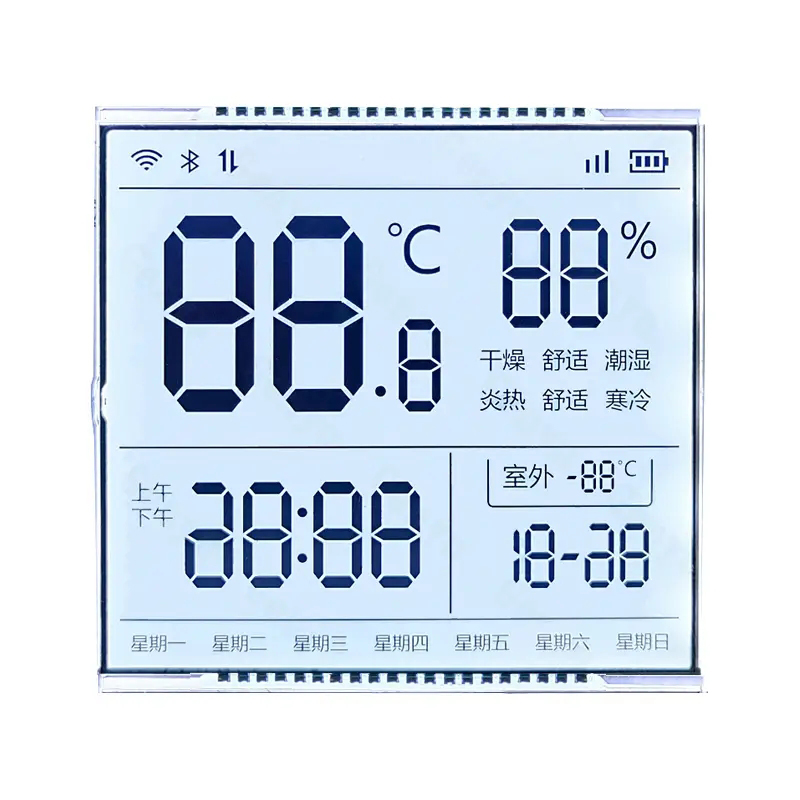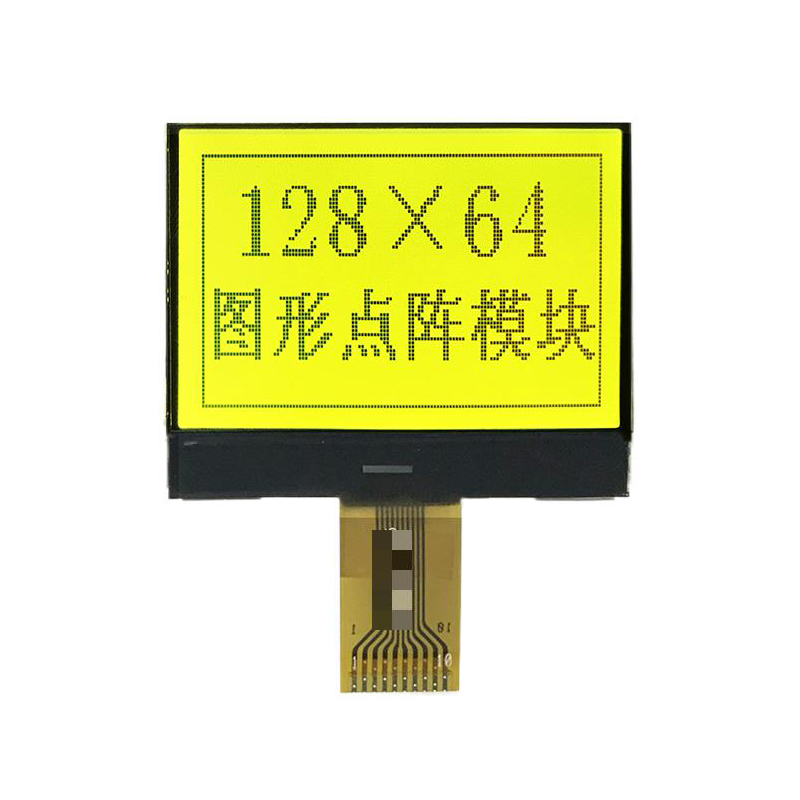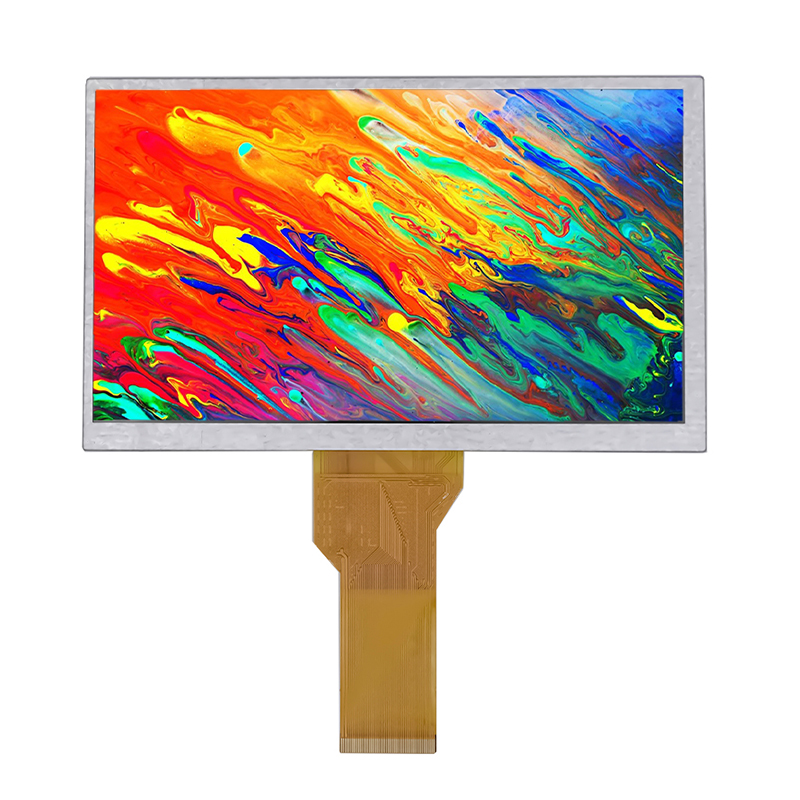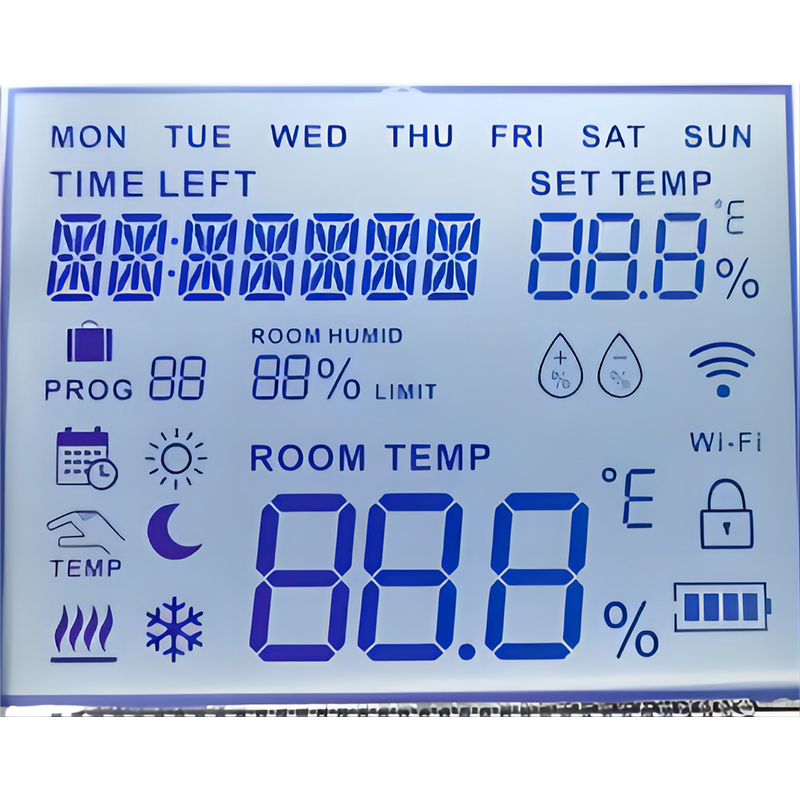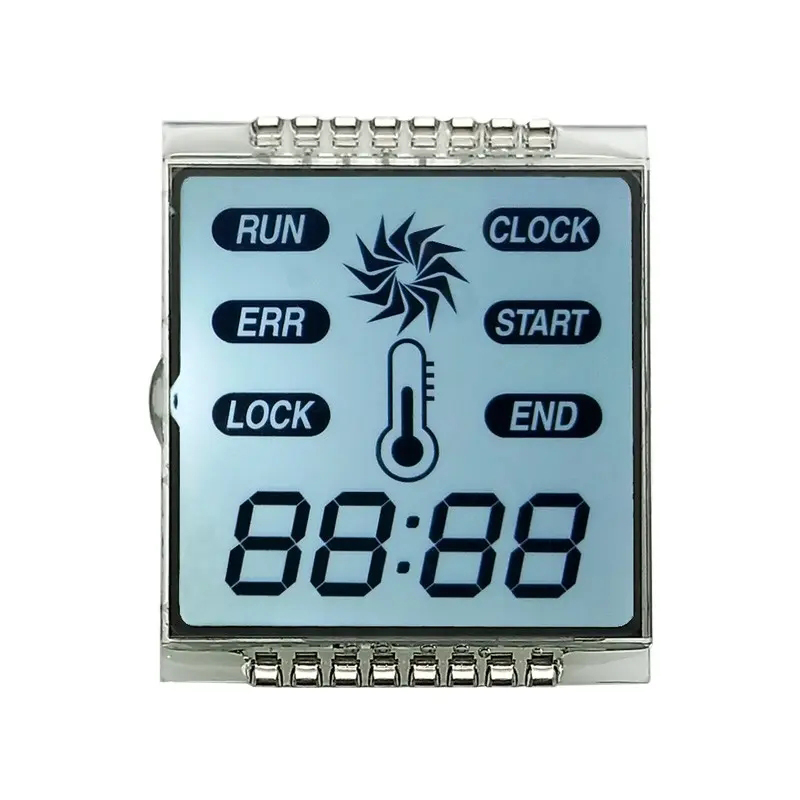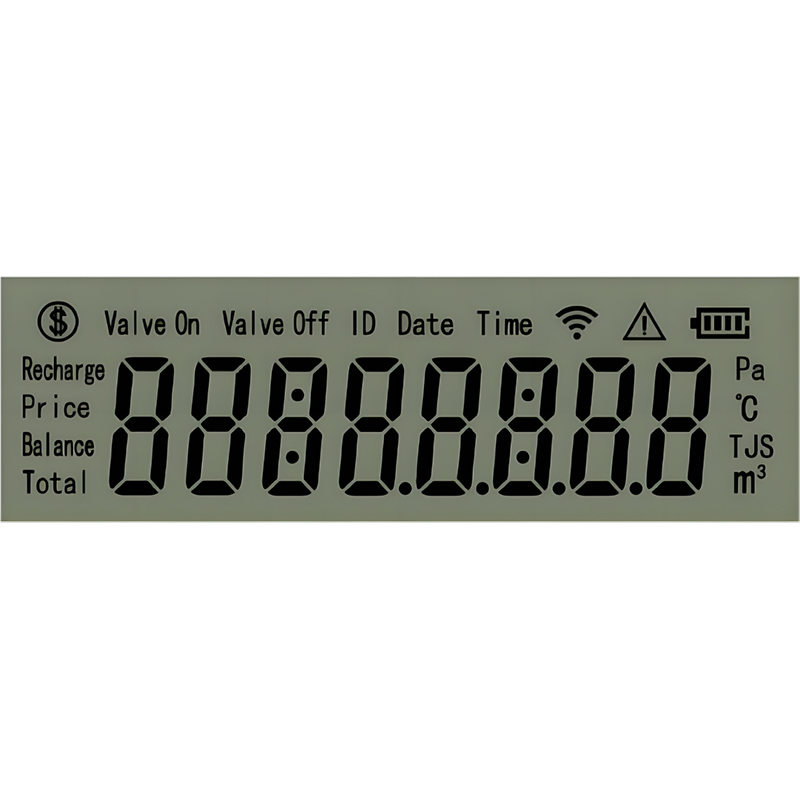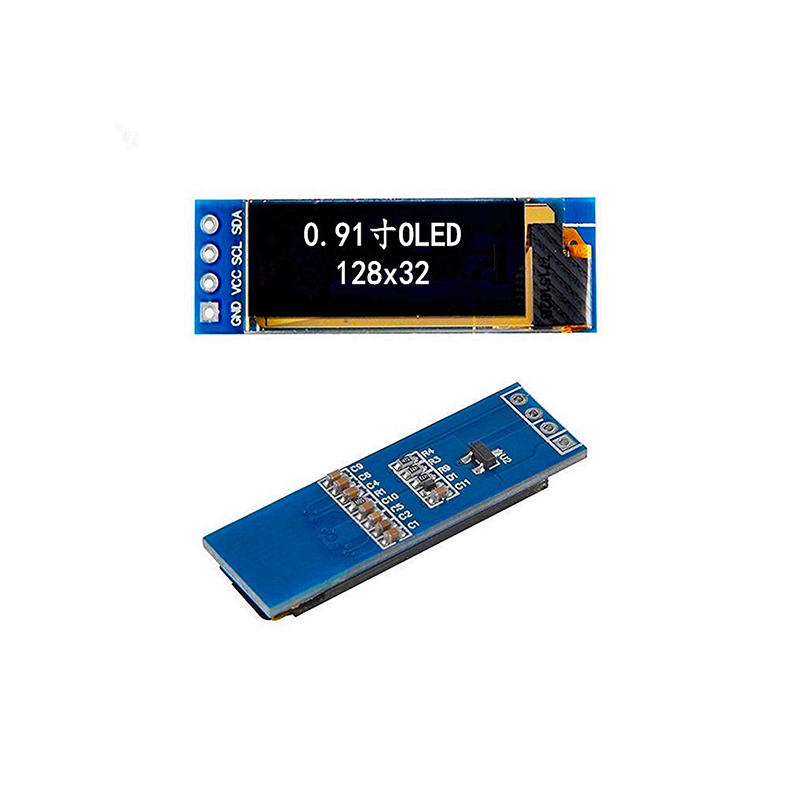
This guide provides a deep dive into the Linux SPI interface, covering its fundamentals, configuration, practical examples, and troubleshooting tips. Learn how to effectively utilize this crucial communication protocol for interfacing with various peripherals on your embedded Linux system.
The Serial Peripheral Interface (SPI) bus is a synchronous, full-duplex communication bus used for short-distance communication, primarily in embedded systems. Unlike I2C, SPI typically requires a dedicated clock line, offering higher data transfer rates. Key characteristics include:
Configuring the Linux SPI interface involves several steps. First, identify your SPI device using commands like ls /dev/spidev. Then, you'll need to determine the correct device node (e.g., `/dev/spidev0.0`) and configure its parameters. This often involves modifying kernel modules or using user-space tools like `spidev_test`. Remember to check your specific hardware's documentation for the precise device node and configuration options.
For fine-grained control, you can modify the kernel modules related to your SPI controller. This allows for adjustments to clock speed, transfer mode (mode 0, mode 1, etc.), and other parameters. Consult your distribution's documentation on how to modify kernel modules safely.
Several user-space tools can simplify the interaction with the Linux SPI interface. `spidev_test` is a common example, allowing you to send and receive data over the SPI bus. You can use this tool to verify your connection and test basic communication.
Let's illustrate with a practical scenario. Suppose we're interfacing with an ADC (Analog-to-Digital Converter) over SPI. We'll use C code, which is frequently preferred for low-level device interactions. The code will involve opening the SPI device, configuring the SPI parameters, and then sending and receiving data to read the ADC's output.
#include <stdio.h>#include <stdlib.h>#include <fcntl.h>#include <unistd.h>// ... (rest of the includes and code for SPI communication) ...(Note: A complete working code example would be significantly longer and requires specific details about the target ADC device. This snippet is for illustrative purposes only.)
Troubleshooting problems with your Linux SPI interface often involves checking the hardware connections, verifying the kernel module configuration, and examining the device tree. Tools like `dmesg` and `strace` can be helpful in diagnosing issues.
Mastering the Linux SPI interface is essential for developers working with embedded systems. By understanding the protocol, its configuration, and troubleshooting techniques, you can efficiently integrate various peripherals and unlock the full potential of your embedded Linux projects. Remember to consult your hardware's documentation for specific details and configuration options.
For high-quality LCD displays for your embedded systems, consider exploring the solutions offered by Dalian Eastern Display Co., Ltd. They provide a wide range of displays suitable for various applications.
| SPI Mode | Clock Polarity (CPOL) | Clock Phase (CPHA) | Data Capture Edge |
|---|---|---|---|
| Mode 0 | 0 | 0 | Rising edge of SCK |
| Mode 1 | 0 | 1 | Falling edge of SCK |
| Mode 2 | 1 | 0 | Falling edge of SCK |
| Mode 3 | 1 | 1 | Rising edge of SCK |


